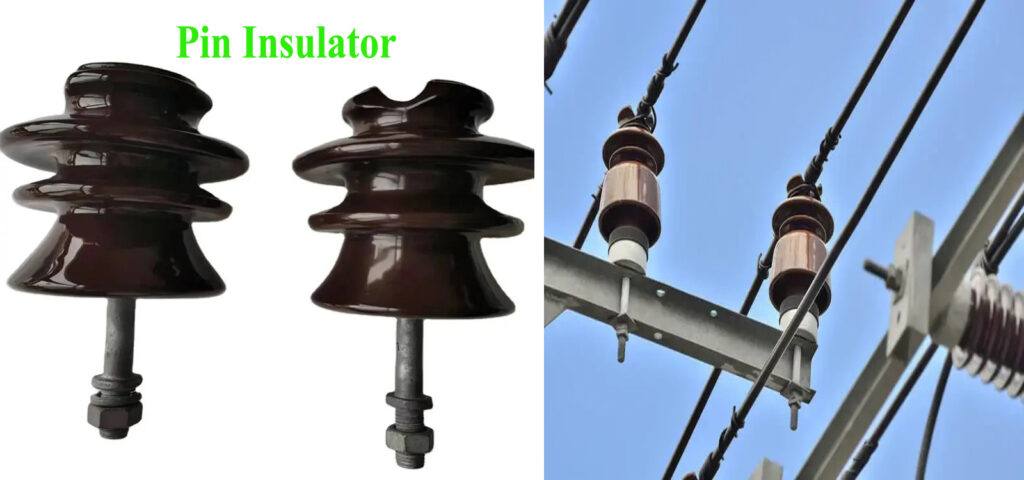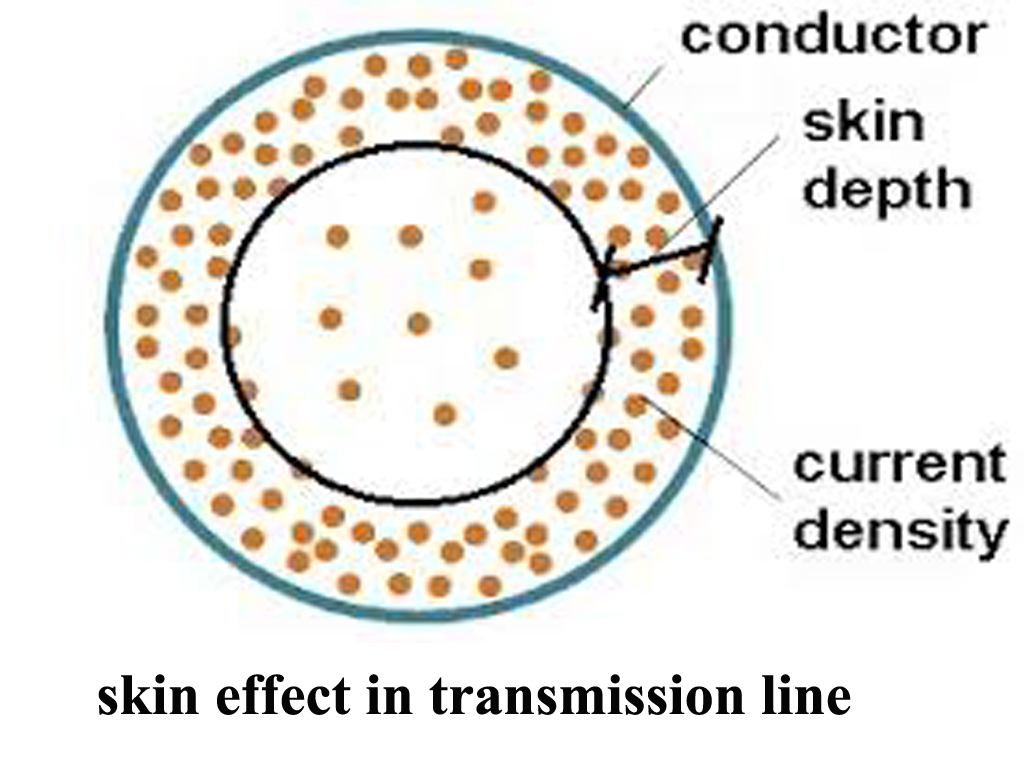Transmission line faults are disturbances that cause abnormal conditions in the operation of power transmission systems. They can lead to power outages, damage to equipment, and reduced system reliability. The main types of transmission line faults are categorized based on the number of phases involved and the nature of the fault. Here’s an overview of the main types of faults, their diagnosis, and how they are corrected:
Types of Transmission Line Faults
1. Single-Phase Fault (Line-to-Ground Fault):
This is the most common fault type, where one phase of the transmission line comes into contact with the ground or earth.
Symptoms:
One phase voltage drops to zero, and the system experiences a significant imbalance.
2. Line-to-Line Fault
This fault occurs when two phases of the transmission line come into contact with each other, often due to short circuits or physical damage to the transmission line.
- Symptoms: Voltage imbalance between the affected phases, which can lead to equipment damage.
3. Double-Line-to-Ground Fault
This is a combination of two phases of the transmission line coming into contact with each other and the ground.
- Symptoms: More severe imbalance and potential damage to the system components.
4. Three-Phase Fault
This is the most severe type of fault, where all three phases of the transmission line are short-circuited together (sometimes involving the ground).
- Symptoms: The fault causes the largest currents to flow, and the system experiences a complete loss of normal operation in the affected section of the line.
5. Open Circuit Fault
This fault occurs when a transmission line becomes disconnected (one or more phases) due to a broken conductor or fault at a junction.
- Symptoms: Loss of one or more phases of power, leading to unbalanced loads and potential damage to equipment.
Diagnosis of Faults
Fault Detection Methods
Current Sensing:
- Faults typically cause an increase in current flow, especially for short-circuit faults. By monitoring the current on each phase, you can detect an abnormal increase in current, which indicates a fault.
- Protective relays monitor current flow and trip the circuit when they detect excessive current.
Voltage Sensing:
- Voltage drops or imbalances between phases can signal faults. For example, a line-to-ground fault may cause a voltage to drop on one phase to near zero.
Impedance-based Methods:
- Impedance relays measure the impedance (resistance to current flow) along the transmission line. A low impedance reading can indicate a short circuit or fault.
- These are particularly useful for distance protection, as the impedance is calculated based on the distance from the fault.
Differential Protection:
- Differential relays compare the currents entering and leaving the protected zone (e.g., at a substation). A difference between incoming and outgoing current signals a fault within that zone.
Time-Domain and Frequency-Domain Analysis:
- Advanced protection systems use digital relays to analyze waveforms and detect faults by analyzing changes in the signal’s frequency and time characteristics.
Fault Correction Methods
Protection Schemes
Over current Protection:
- Over current relays detect when the current exceeds a predefined threshold. This is used for detecting short-circuits (line-to-line, line-to-ground).
- Once the fault is detected, the relay trips the breaker to isolate the faulted section.
Distance Protection (Impedance Protection):
- This method calculates the impedance from the relay location to the fault. The relay trips if the impedance falls within the set fault zone. This method is commonly used for line-to-ground and line-to-line faults.
Directional Protection:
- This method determines the direction of the fault by comparing the current and voltage phase angle. It helps identify the fault’s location and trip the correct circuit breaker to isolate the faulted part of the transmission line.
Auto-Reclosure:
- After a fault is detected and the system is disconnected, auto-reclosure relays attempt to close the circuit breaker again after a brief time delay (usually around 1-5 seconds). If the fault is temporary (such as a tree branch causing a brief short-circuit), the line will re-energize automatically without needing manual intervention.
- This is typically used for line-to-ground and line-to-line faults where the fault is transient.
Fault Isolation
Circuit Breakers:
Once a fault is detected, circuit breakers are used to isolate the faulted section of the transmission line from the rest of the system. Depending on the fault type, this might involve opening one or more breakers.
Sectionalizing Devices:
- In some cases, sectionalizing switches are used to divide the transmission line into smaller segments, allowing for more precise isolation of the fault and minimizing the impact on the rest of the system.
Load Shedding:
- If the fault causes significant system instability or overload, load shedding may be necessary to protect the remaining operational parts of the grid. This involves disconnecting certain loads to balance supply and demand.
Post-Fault Restoration
System Restart (Black Start Capability):
- In the event of a widespread system fault, a black start may be required to restore power to the grid. This involves bringing critical generating units online first to gradually restart the rest of the system.
Maintenance and Repair:
- After the fault is cleared, the faulted section of the transmission line or equipment needs to be inspected and repaired. This may involve replacing damaged conductors, insulators, or repairing transformers and circuit breakers.
Prevention and Maintenance
- Regular Inspections: Routine inspections of transmission lines, including visual checks, thermography, and drone inspections, can help detect potential faults before they occur.
- Preventive Maintenance: Regular maintenance schedules, such as clearing vegetation around transmission lines (to avoid line-to-ground faults) and maintaining the structural integrity of towers and poles, reduce the likelihood of faults.
- System Monitoring: Implementing continuous monitoring systems (SCADA systems) that provide real-time data can help quickly detect and diagnose faults, allowing for faster responses.
By implementing robust protection systems and maintenance strategies, transmission line faults can be effectively diagnosed and corrected, minimizing the impact on power supply and ensuring system stability.

